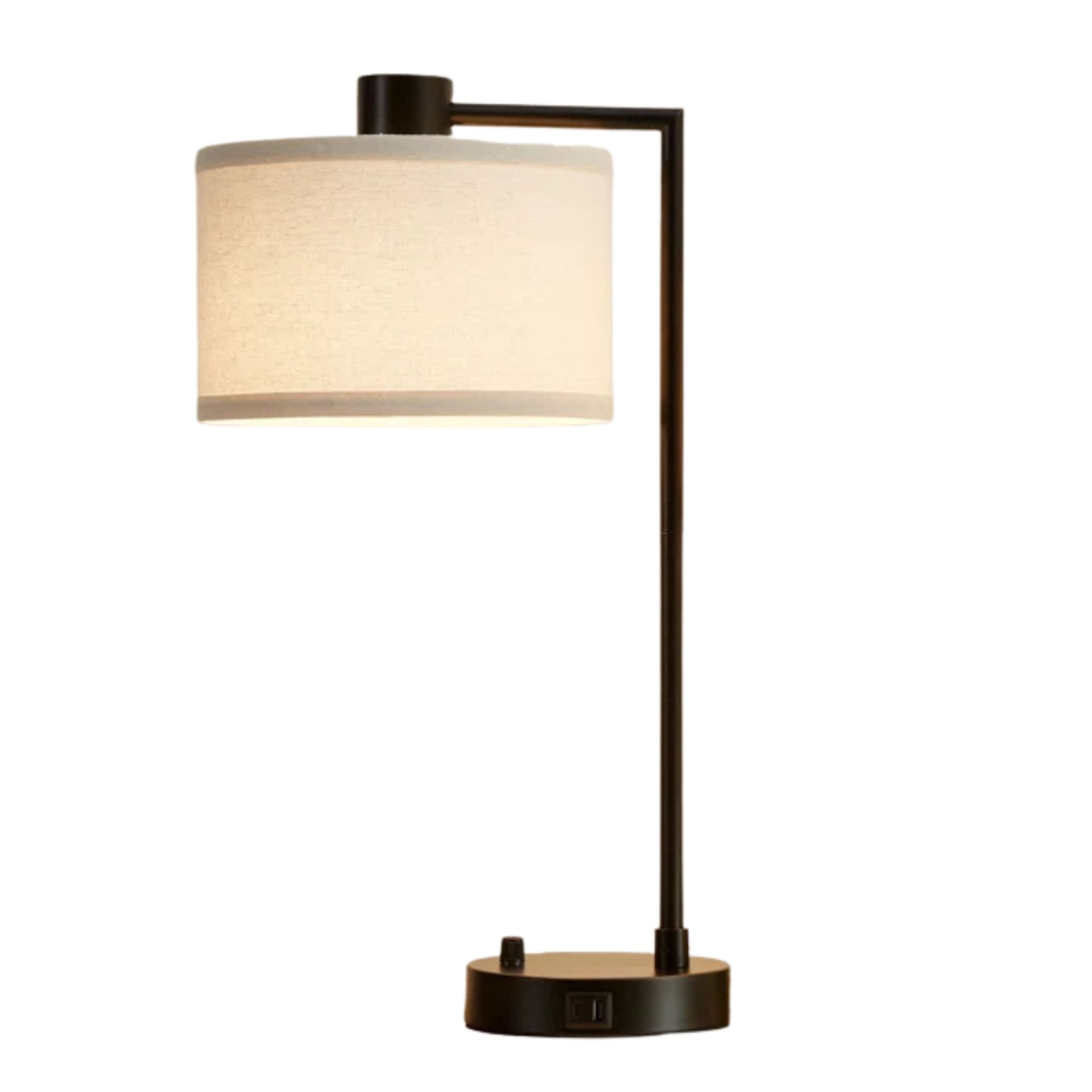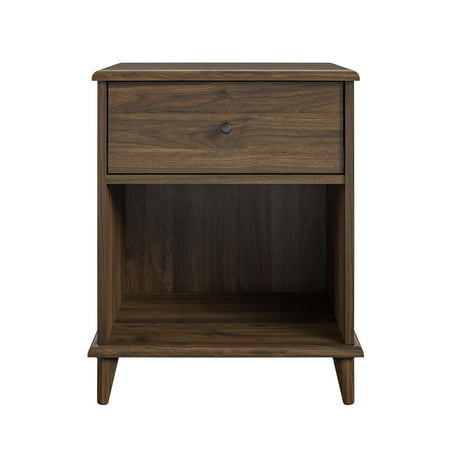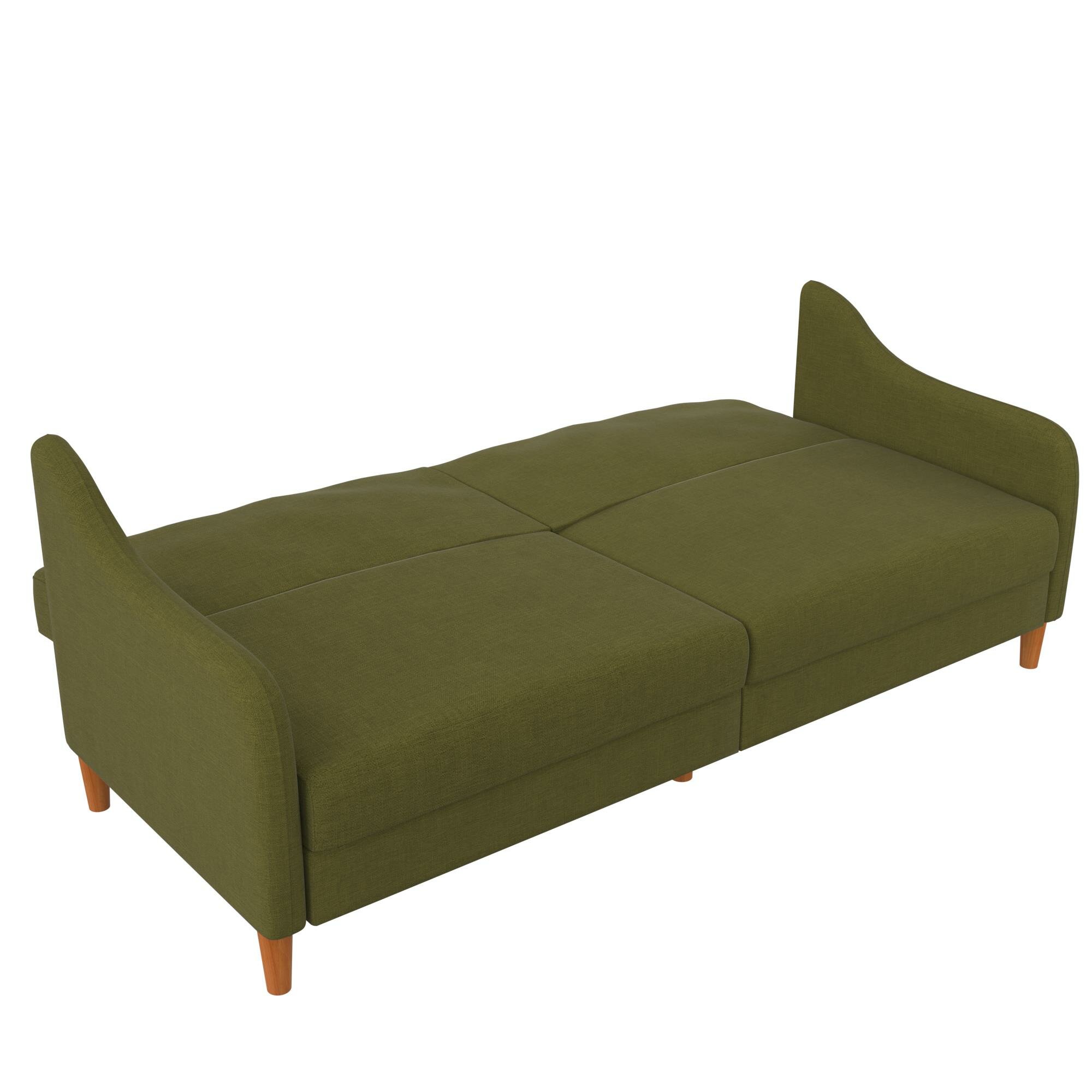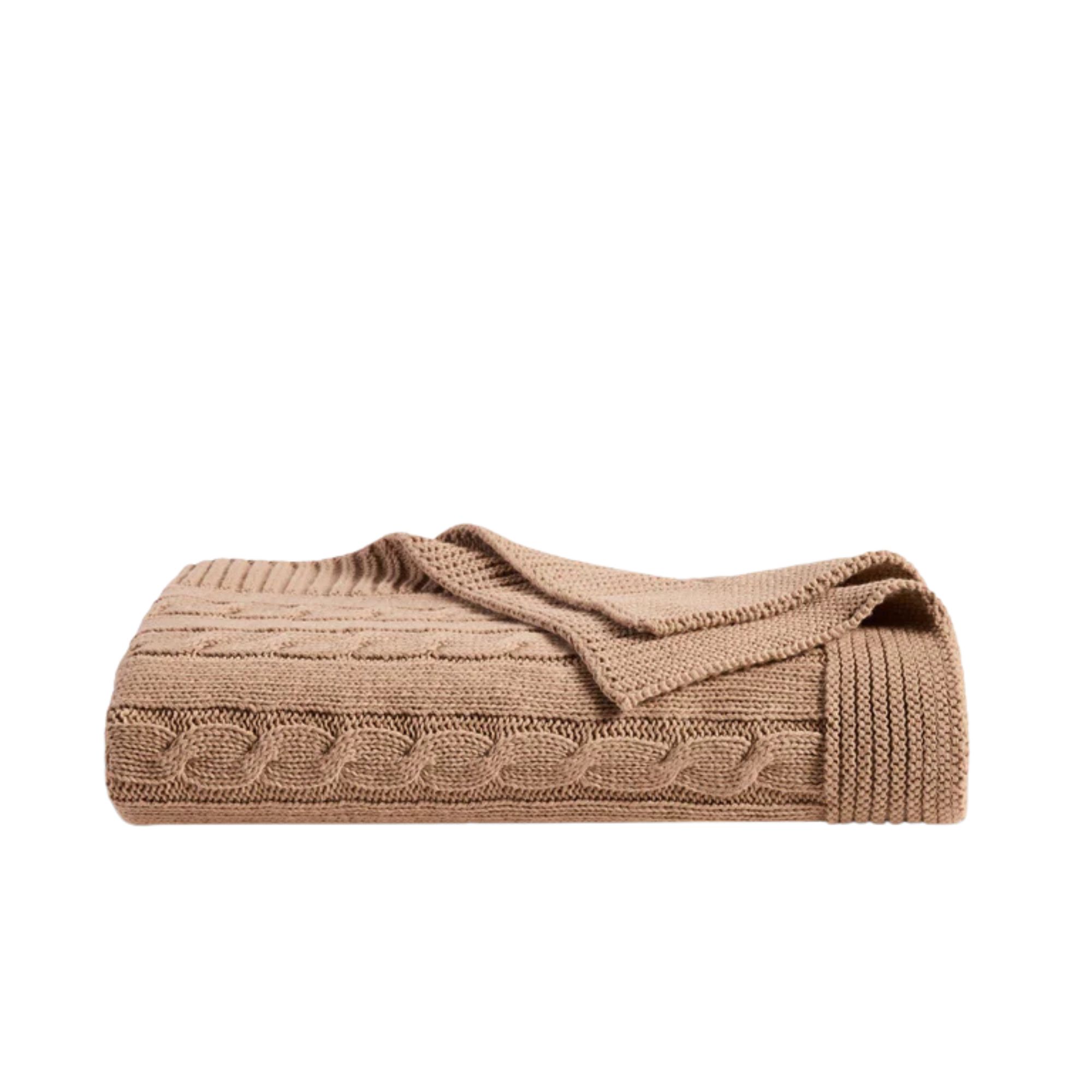7 Guest Bedroom Design Mistakes That Will Make Them Wish They'd Booked a Hotel Instead
Designing a guest bedroom isn't the same as designing one for yourself — these are the things people neglect most often (and how to fix them)

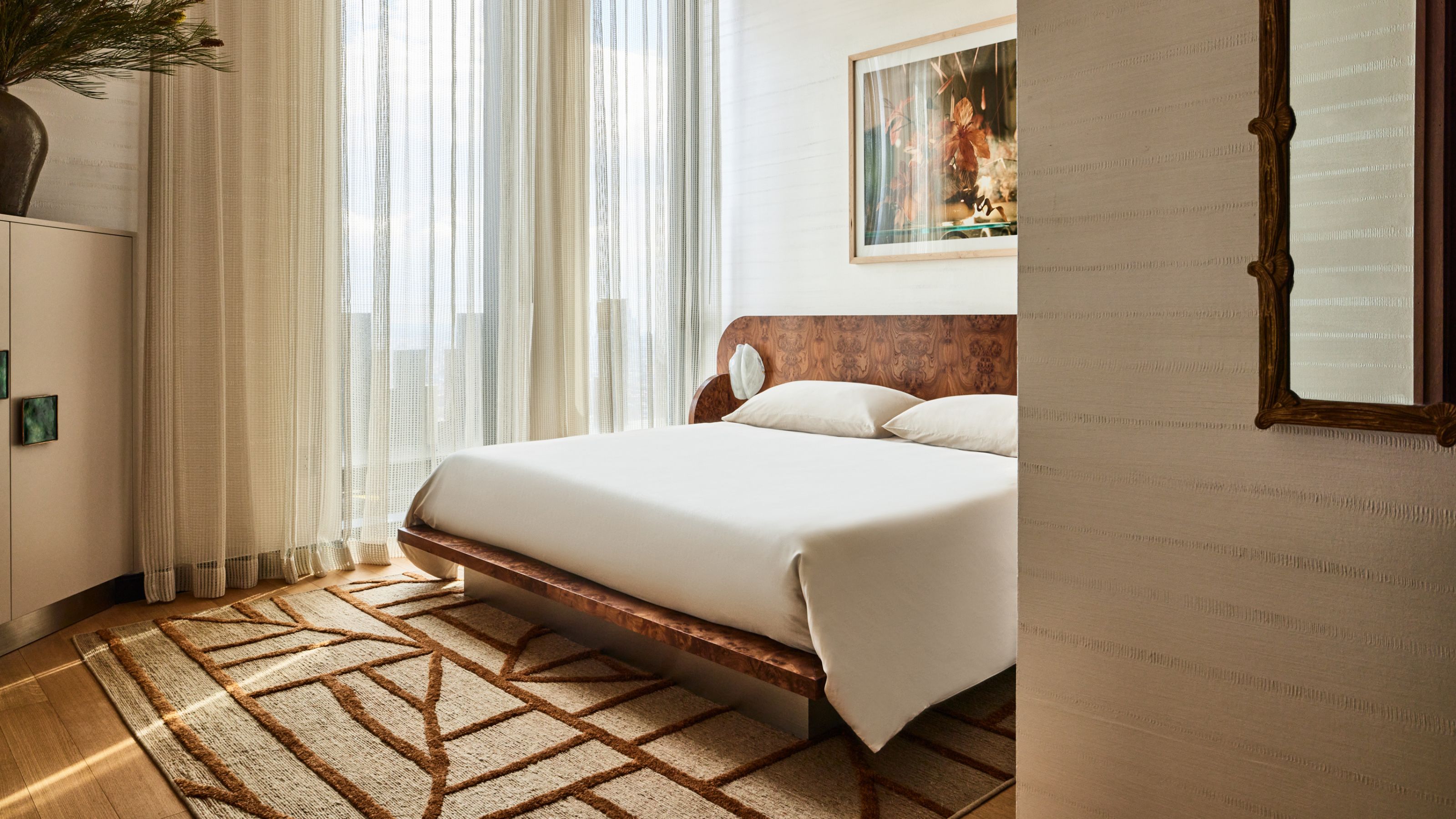
Hosting season is upon us, with both Thanksgiving and Christmas just around the corner. Even though there is still some time to go, now is the best time to re-evaluate the design of your guest bedroom, and see if there is anything that could do with dusting, fixing, or completely switching up. (Trust me, you don't want to leave this until last minute.)
It's incredibly easy to make design mistakes when decorating a room for a guest — it's not the same as designing one for yourself. I'll also be the first to admit that, in many respects, I wouldn't know the first place to start, so I did the next best thing: I spoke with five interior designers to learn the most common mistakes people make when putting together a guest bedroom, and, importantly, how to avoid them.
So, to help you come up with more streamlined, stylish and stunning guest bedroom ideas free of design faux-pas, these are the seven mistakes to watch out for.
1. Neglecting Ambient lighting
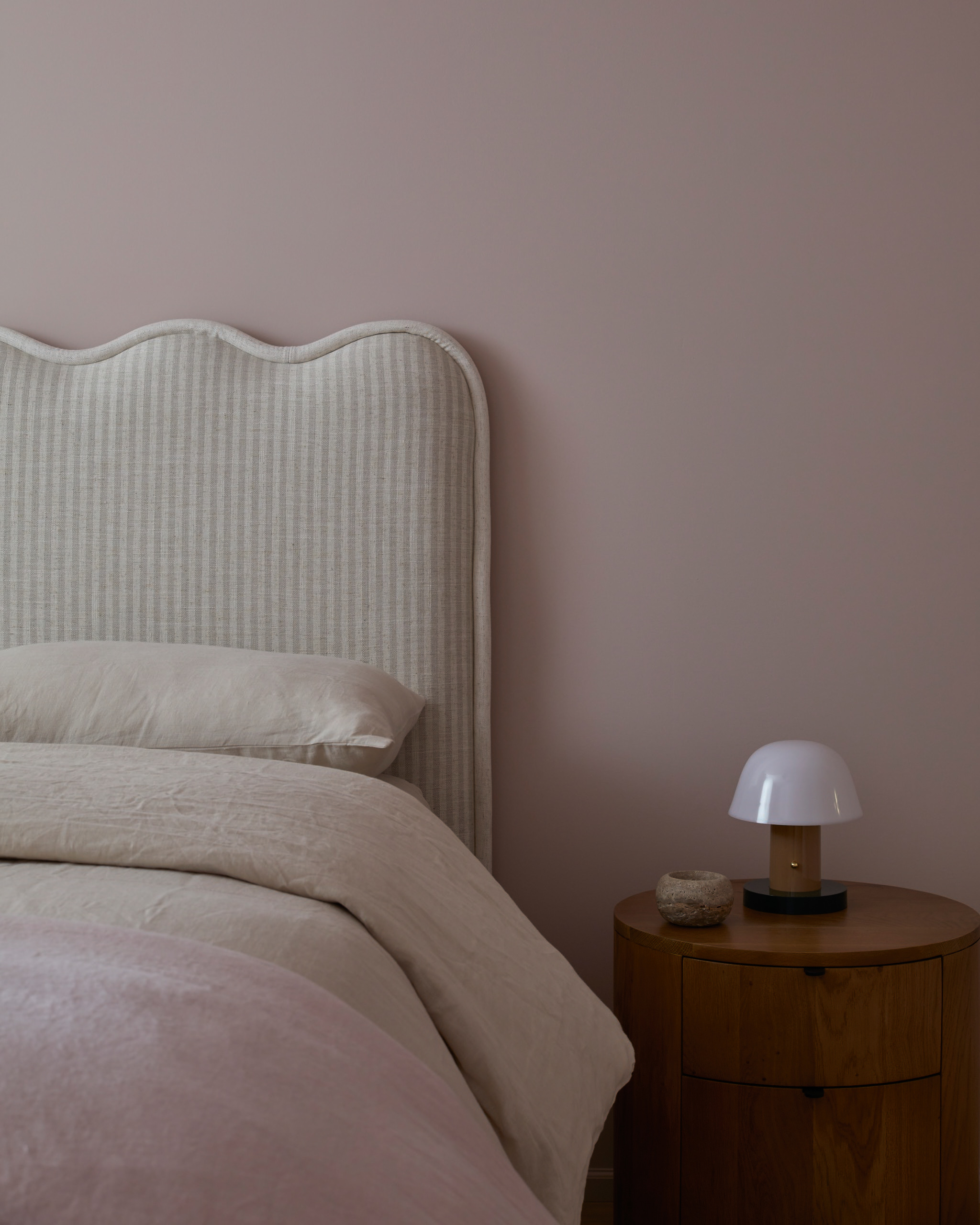
Including soft lamps or even a candle on the nightstand in a guest bedroom may seem unnecessary when you've got overhead lights, but it would be a major oversight to leave them out.
Forgetting forms of ambient lighting impacts the overall feel of the space. Yes, it will be easy for guests to see things with bright overhead lights, but it won't be easy for them to unwind at the end of the day, and that's important.
"Relying solely on overhead lighting can create a harsh, unwelcoming, and sterile atmosphere," says Elana Mendelson, CEO and luxury interior designer at Elana Designs. "It’s important to include bedside lamps or sconces for softer, more ambient lighting that can be adjusted to the guest's preference. Many guests enjoy reading before bed as well, and the absence of a bedside lamp can make this simple pleasure significantly more challenging."
A touch lamp with settings for different levels of light intensity such as the Dimmable Crystal Table Lamp With Touch Control (available from Wayfair) would make a great bedside table addition for any guest. It's a simple, unobtrusive design as far as lamps go, and the three settings of light will allow your guests to be in control of their own brightness. This added piece of customization will subconsciously make the space feel more like it's "theirs", immersing them in their stay.
The Livingetc newsletters are your inside source for what’s shaping interiors now - and what’s next. Discover trend forecasts, smart style ideas, and curated shopping inspiration that brings design to life. Subscribe today and stay ahead of the curve.
2. Prioritizing Style Over Function
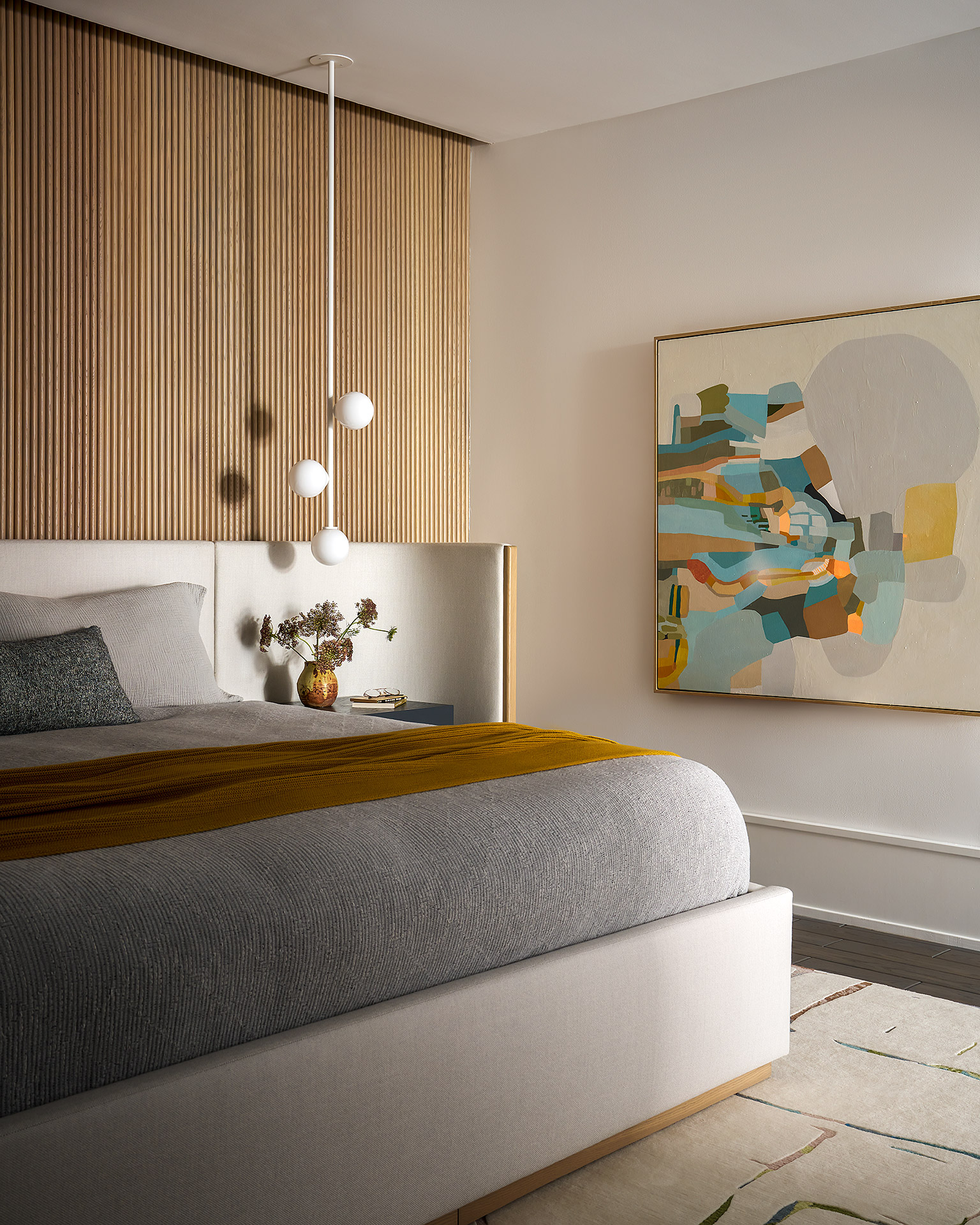
When you're dressing a room to impress, it can be easy to look past the basics and shift your focus purely to the aesthetic side of things. But when you do this, it's easy to forget what should be in a guest room — things like bedroom storage and finding a functional nightstand.
Sarah Latham of Latham Interiors says, "A common mistake in guest bedroom design is not allowing for enough nightstand space. It's hard not to want style over function in a secondary space, but being a guest, you quickly realize how you wish your host would have considered your needs more when you can't have a book or glass of water by your bedside."
To help prevent you from falling into this common trap, Sarah recommends putting yourself in the shoe's (or bed!) of someone staying in the space. What is it that you would appreciate in terms of practicality? It's most likely the same things you have in your own bedroom.
"I'd recommend sticking to design rules that have worked in your own bedroom to consider repeating or utilizing for others," says Sarah.
3. Disregarding Cohesiveness
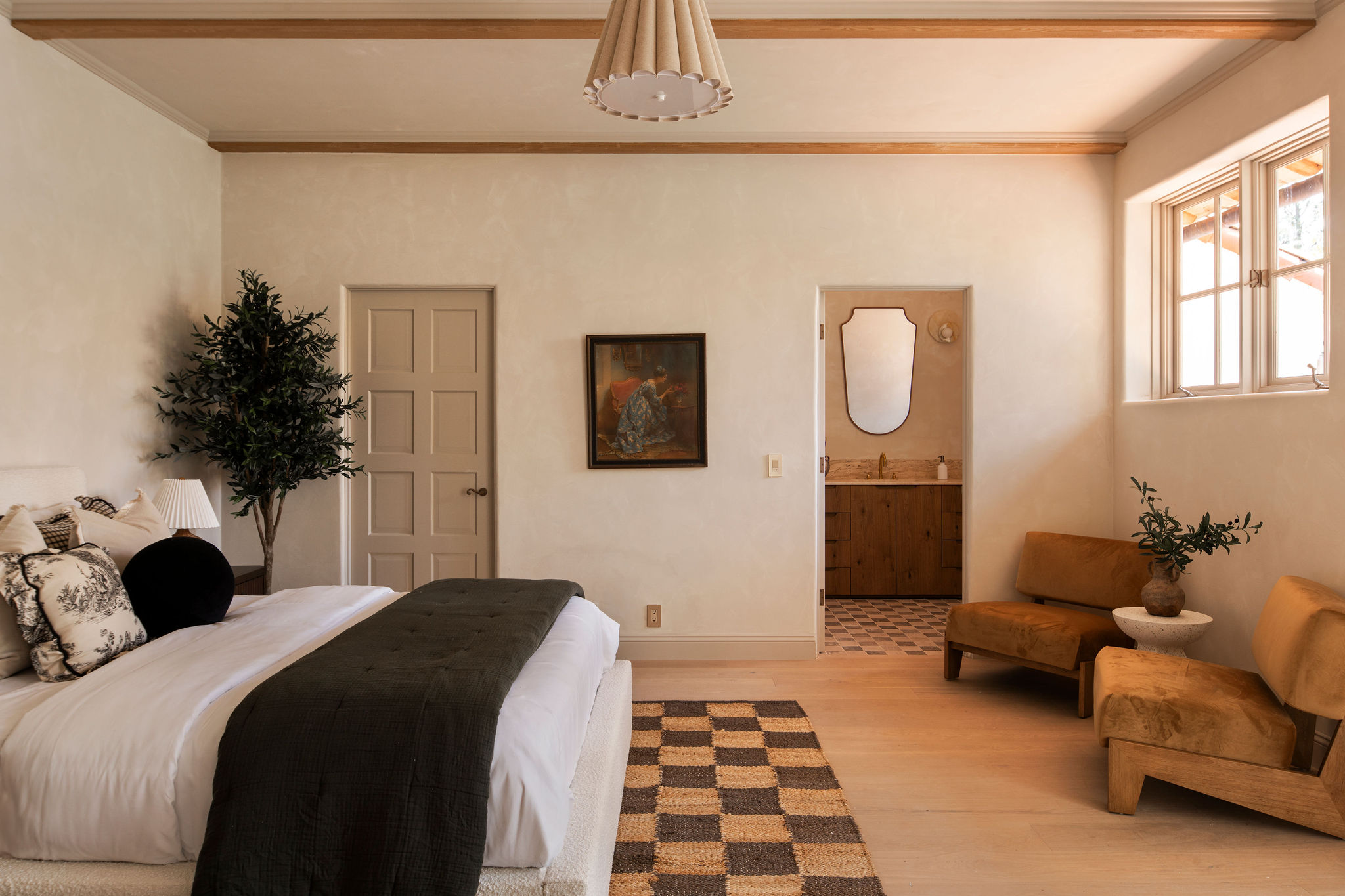
Less is often more and it usually is the case when decorating a space for guests. Of course, everyone likes different things when it comes to design, which is why a guestroom often benefits from relatively neutral styling.
If you pull ideas from ten different periods or design movements, your space will look exactly like that: jumbled and confused, or worse — as if you've just thrown together whatever furniture you could find. So it pays to take some time to think about what you want your guest bedroom to look and feel like.
"The key to quality is not only the quality of the space and its elements, but just as much the quality of connections, joins and details," explains Jonas Bjerre-Poulsen, a founding partner and architect at Norm Architects. "How do the elements of architecture touch each other and how do they interplay?"
Opting for simplicity can go a long way. Pared-back and minimalist decor ideas will likely keep your guest bedroom feeling timeless for longer, but will also appeal to everyone's differing taste, meaning all your guests can feel comfortable during their stay.
4. Forgetting That Spaces Impact Mood

The room a guest stays in will be an integral part of their experience with you. It can have a huge impact on their emotions: it's where they start and end their day, where they process the memories of their stay, and the place they will consider as 'theirs' for as long as they're your guest. As such, you have the opportunity to come up with soothing bedroom ideas that will leave them feeling good, which is a powerful thing.
Pulling a guest bedroom together without taking this into account is an all too commonly made mistake. "We spend most of our life indoors. This is where our lives primarily unfold. It is inside buildings that we wake up, start the day, and have our morning rituals," says Jonas. "The spaces we dwell in affect our behavior and mood — just like the weather and our natural surroundings do."
This is why indoor-outdoor living has become such a popular trend in interior design. Nature is calming, and that essence of calm can be introduced into our homes by choosing natural hues such as greens and browns and layering them with plenty of texture and wood accents.
If this sounds like something you'd like for your guest space, Benjamin Moore's green paint colors, including Grassy Fields and Huntington Green are both very soothing. Blues have also been associated with calm and tranquility, and your guest can curl up snugly in that color with styling pieces such as the Irregular Rhombus Knitted Throw Blanket (from Wayfair).
5. Not Including Multipurpose Items
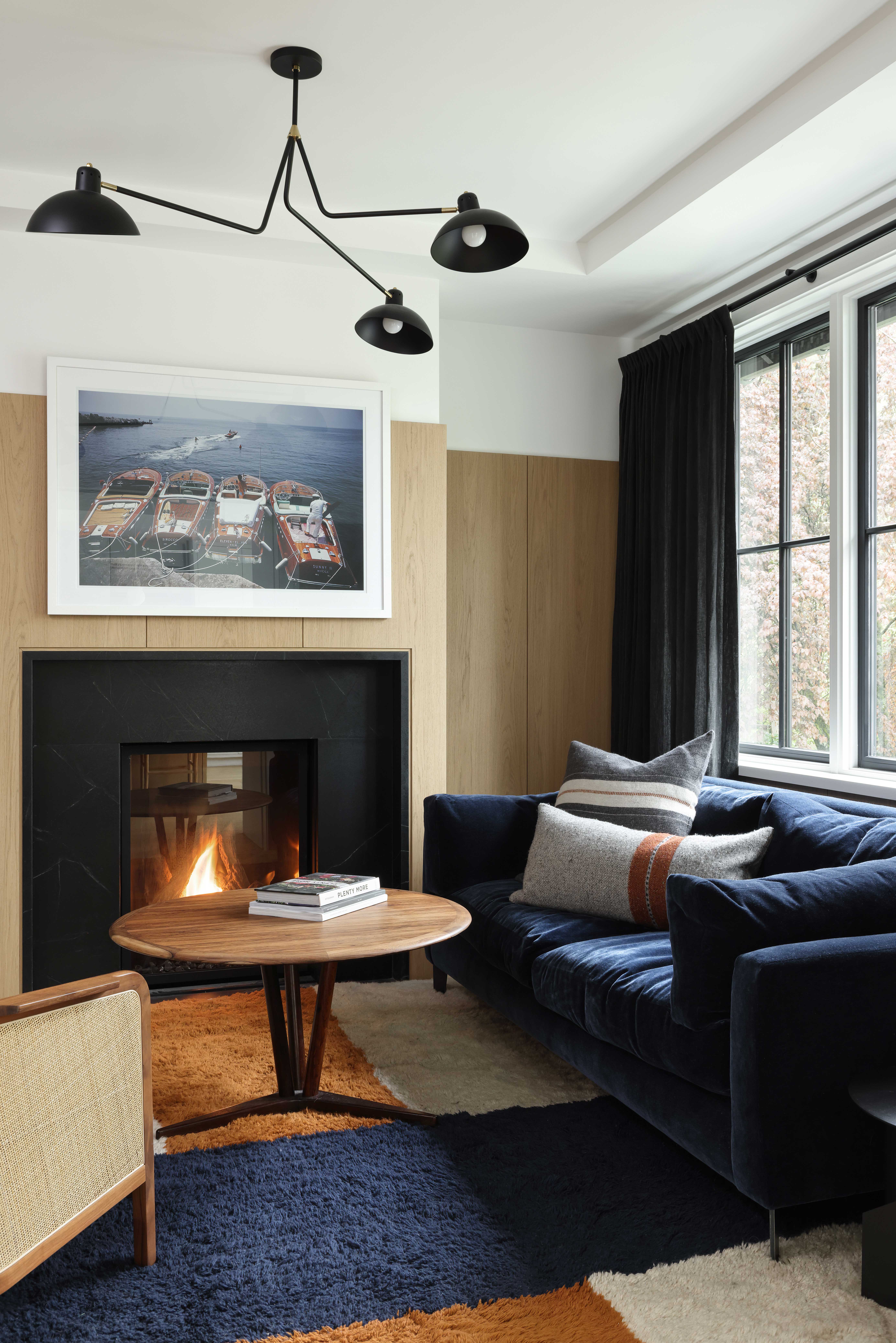
Multi-functional furniture is truly a blessing, and will help you really make the most of a small guestroom. Using versatile pieces such as benches with hidden storage and vertical shoe racks will lessen the number of things taking up floor space, making the room feel bigger and less cluttered. They also help provide guests with somewhere to store their things, which in turn, helps them feel more settled in the space.
Martin Waller, founder of interiors store Andrew Martin, recommends opting for the best sleeper sofa you can find, as it will provide function when you have guests staying and when you don't. "It effortlessly transforms your spare room into an occasional guestroom, making the most of limited space and ensuring you can still use the room when you’re not hosting," he says.
6. Forgetting Soft Furnishings
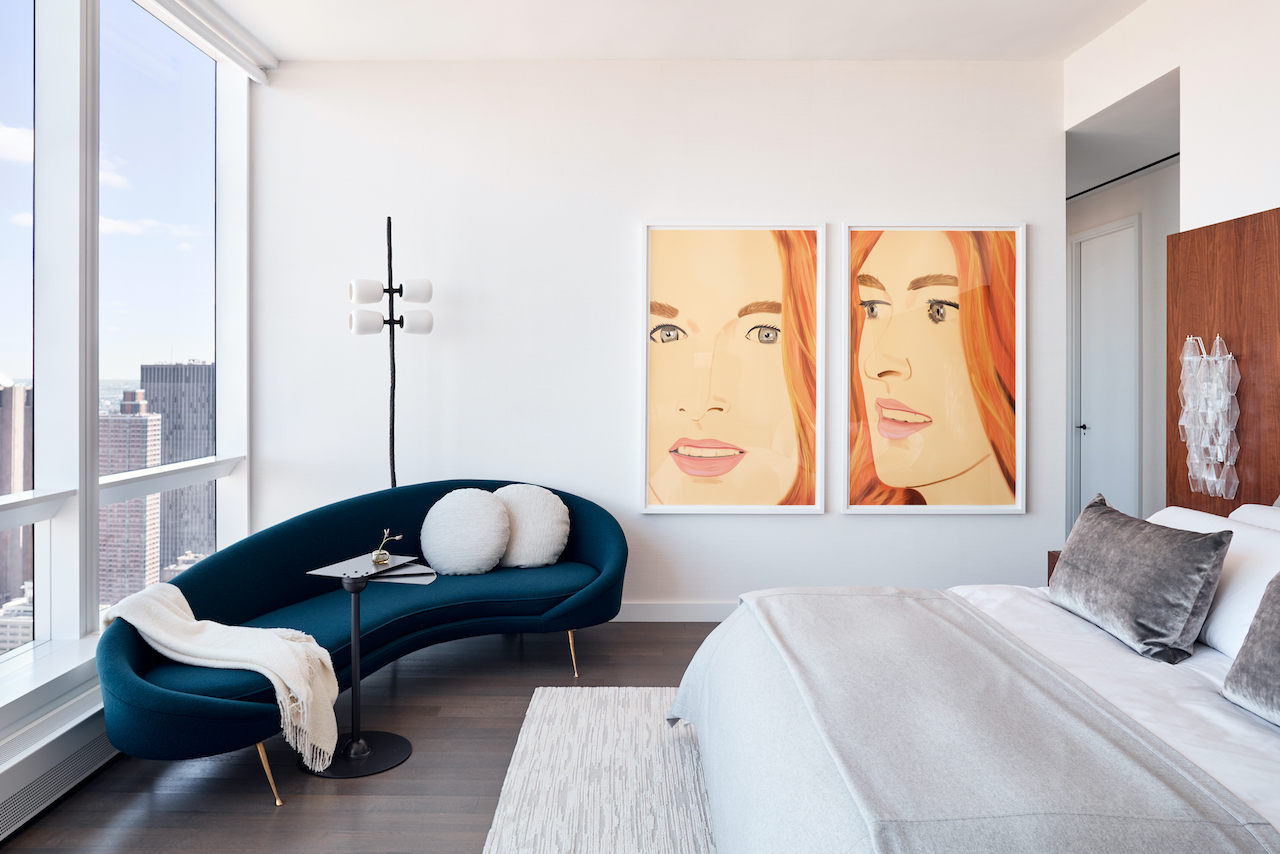
Soft furnishings including rugs and cushions do more than increase the cozy factor of a space — they help create relaxing bedrooms, detracting from the harsh lines and hard surfaces of an empty space. And while it may feel like an added and unnecessary expense for a guest bedroom, forgoing them is a massive mistake.
Alexander Shepel, founder of SHEPEL, a custom furniture manufacturer, says, "A guest bedroom should be a welcoming, relaxing retreat for friends and family. When designing a bedroom, I prioritize soft furnishings and warm lighting. Whether it is a cozy rug, soft bedding or comforting pillows, soft furnishings are crucial to creating a warming and welcoming environment."
7. Not Trialling the Space Yourself
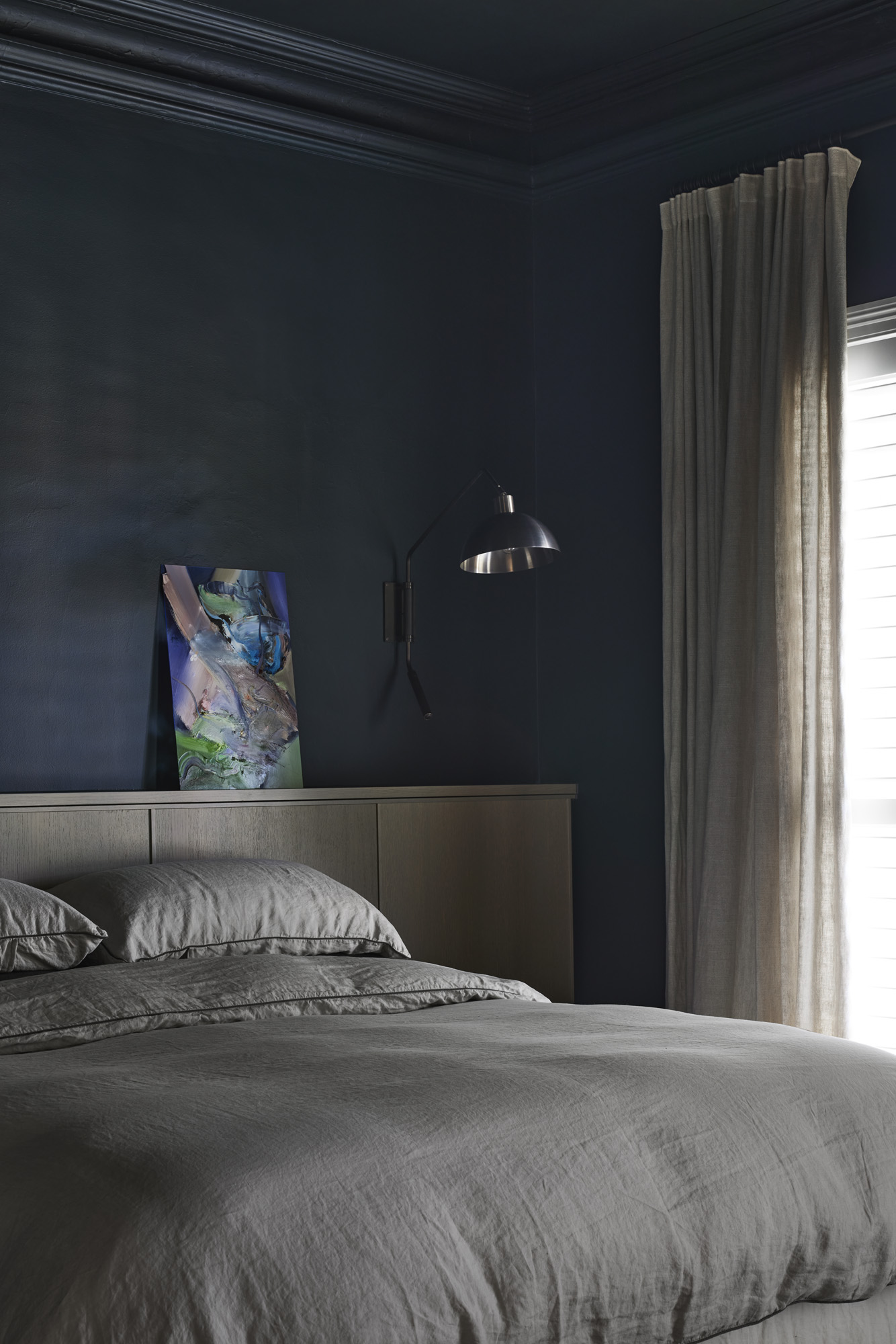
Perhaps the biggest mistake you can make (and also, conveniently, the easiest to avoid) is not staying in the room yourself, to see what it will be like for a guest, and whether there are any details you've forgotten that will impact their experience. This way you can iron out all potential issues before they even arrive.
"Before a guest stays, I always recommend testing out the space yourself to see what can be improved," says Alexander. "You will never know until you have spent time in the space yourself.”
So, now you know the things to look out for to ensure you don't make any major mistakes when it comes to the design of your guest bedroom. The next thing to keep in mind is how to organize a guest room when it comes closer to their arrival, but luckily we've written a guide on that too!

Ciéra is a writer and regional laureate with particular passions for art, design, philosophy and poetry. As well as contributing to Livingetc, she's an Editorial Assistant for Design Anthology UK and a contributing writer for magazines including Homes & Gardens, Apartment Therapy, Ideal Home, House Beautiful, Gardening Know How, The Sun, and Fabulous. Previous commendations of hers include being Highly Commended by The Royal Society of Literature and receiving a prestigious MA Magazine Journalism scholarship to City, University of London.
